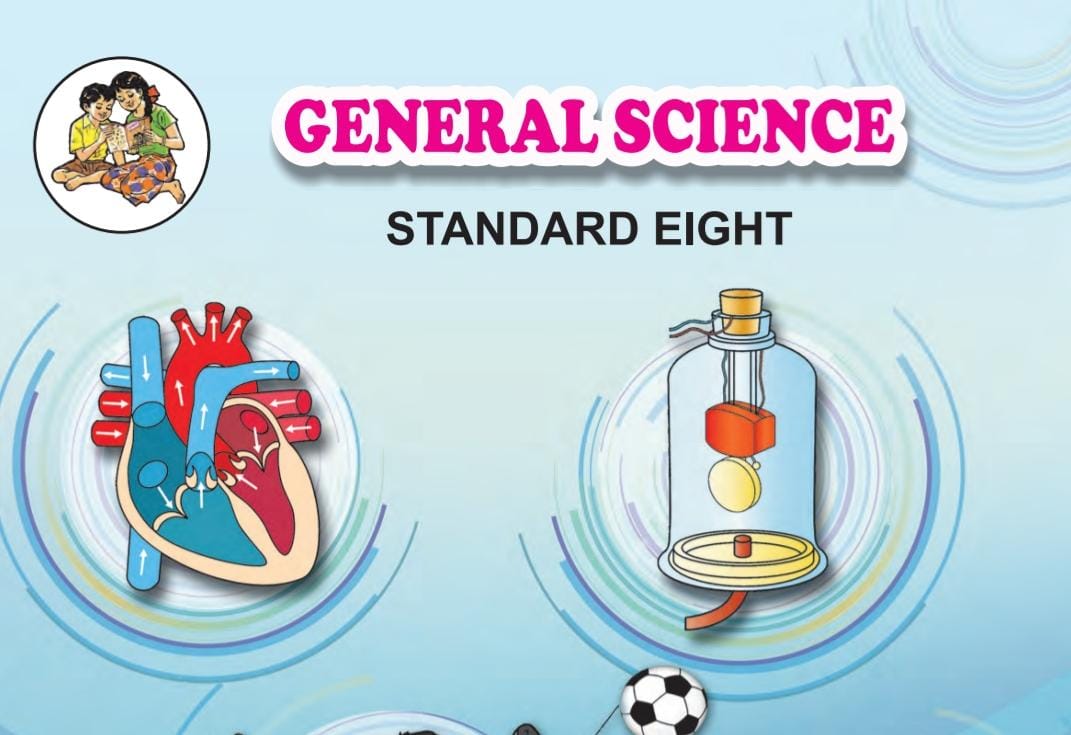8.1-Living world and classification of Microbes
All the living organisms on earth have adapted according to —————–.
2 points
- All of these
- Geographic region
- Food ingestion
- defence
According to the 2011 census, around —————– million species of living organisms are found on the earth including land and sea?
2 points
- 87
- 86
- 83
- 85
The process of dividing living organisms into groups and subgroups is called ———————- classification.
2 points
- 4-kingdoms
- 5-kingdoms
- biological
- None of these
In 1969——————– divided living organisms into five groups.
2 points
- Haeckel
- Carl Linnaeus
- Robert Whittaker
- Kopland
Carl Linnaeus in ———— divided the living world into 2 kingdoms Vegetabilia and Animalia.
2 points
- 1925
- 1735
- 1866
- 1938
————- in 1866 considered 3 kingdoms-Protista, Plants and Animals.
2 points
- Haeckel
- Robert Whittaker
- Carl Linnaeus
- Kopland
In 1938 ————– divided living organism into 4 kingdoms-Monera, Protista, Plants and Animals
2 points
- Haeckel
- Kopland
- Carl Linnaeus
- Robert Whittaker
In————- Chatton created two groups Prokaryotes and Eukaryotes.
2 points
- 1866
- 1735
- 1938
- 1925
In 1969, Robert Whittaker divided living organism into five groups.
2 points
- 3
- 5
- 2
- 4
Which of the following kingdoms has all the organisms unicellular?
2 points
- Protista
- Fungai
- Monera
- None of these
—————— animals may be autotrophic or heterotrophic.
2 points
- None of these
- Monera
- Fungai
- Protista
————— animals are prokaryotic cells without distinct nucleus or cell organelles.
2 points
- Fungai
- Monera
- Protista
- None of these
————– are single celled organisms with well-defined nuclei in a nuclear membrane.
2 points
- Fungai
- Monera
- Protista
- None of these
———– have pseudopodia or hair like cilia or whip like flagella for locomotion.
2 points
- Monera
- Fungai
- Protista
- None of these
———————– are non-green ,eukaryotic, heterotrophic organisms.
2 points
- Fungai
- Protista
- Monera
- None of these
Some————- are thread like and many nuclei are present in the cytoplasm?
2 points
- Monera
- Protista
- bacteria
- Fungai
.—————– animals cell wall is made up of tough and complex sugar called chitin.
2 points
- Protista
- Monera
- bacteria
- Fungai
Which of the following is not an example of kingdom fungi?
2 points
- Euglena
- Bakers yeast
- Penicillium
- Aspergillus
Bacterial cell is ——————- with a cell wall.
2 points
- Eukaryotic
- Prokaryotic
- both A and B
- None of these
Bacteria reproduced with —————-.
2 points
- Budding
- Multiple fission
- Simple Binary fission
- Vegetative propagation
In favourable conditions,bacteria grow vigorously and can doubled their number in—— minutes.
2 points
- 10
- 20
- 25
- 15
Which of the following is not the example of bacteria?
2 points
- Cocus
- spirillum
- candida
- Bacillus
Which of the following is the example of bacteria?
2 points
- Bacillus
- candida
- Chlorella
- Wilt
The size of bacteria is —————————-.
2 points
- 0.1µm to 0.10µm
- 10µm to 100µm
- None of these
- 1µm to 10µm
—————- are absent in bacterial cell.
2 points
- cytoplasm
- Cell organelles
- Cell wall
- None of these
————— bacteria are found in comma shape.
2 points
- Vibrio
- spirillum
- Cocus
- Bacillus
—————- are unicellular independent / parasitic organisms.
2 points
- protozoa
- algae
- bacteria
- virus
The size of protozoans is approximately —————————-.
2 points
- 200µm
- 1µm to 10µm
- 0.10µm
- 100 µm
The ———– are found in soil, fresh water and sea water
2 points
- Fungi
- algae
- virus
- protozoa
Protozoans are unicellular organisms with ——————— cells.
2 points
- None of these
- Prokaryotic
- Eukaryotic
- both A and B
Protozoans are reproduced by ———————.
2 points
- budding
- Binary fission
- None of these
- Simple cell division
Which of the following Protozoans are free living in dirty water.
2 points
- Euglena
- Plasmodium
- Paramoecium
- None of these
Which of the following Protozoans causes malaria.
2 points
- Paramoecium
- None of these
- Plasmodium vivax
- Euglena
Which of the following Protozoans are autotrophic.
2 points
- Plasmodium
- Paramoecium
- Euglena
- None of these
The size of fungi is approximately ——————.
2 points
- 10 µm -100 µm
- 0.10µm
- 1µm to 10µm
- 200µm
———————- are found on decaying organic matter and dead bodies of plants and animals.
2 points
- algae
- protozoa
- Fungi
- virus
———————- are eukaryotic organism
2 points
- protozoa
- algae
- Fungi
- virus
————— are aquatic.
2 points
- virus
- Fungi
- algae
- protozoa
————— are eukaryotic, unicellular autotrophic organisms.
2 points
- bacteria
- virus
- protozoa
- algae
—————————- are not considered as living organisms.
2 points
- protozoa
- virus
- algae
- bacteria
Viruses can be seen only ———————— microscope.
2 points
- electron
- compound
- None of these
- simple
Which of the following is not a human virus.
2 points
- influenza
- HIV
- polio
- picorna
Which of the following is animal virus
2 points
- HIV
- influenza
- wilt
- picorna
I don’t have a true nucleus, cell organelles or plasma membrane. Who am I?
2 points
- bacteria
- fungi
- algae
- monera
I have nucleus and membrane bound cell organelles, Who am I?
2 points
- protozoa
- bacteria
- algae
- fungi
I live on decaying organic matter, Who am I?
2 points
- Fungi
- virus
- algae
- protozoa
I reproduce mainly by cell division, Who am I?
2 points
- bacteria
- protozoa
- algae
- Fungi
I can reproduce my replica, Who am I?
2 points
- protozoa
- algae
- viruses
- Fungi
I am green but don’t have organs. Who am I?
2 points
- protozoa
- algae
- virus
- Fungi
Which of the following microorganisms are not eukaryotes?
2 points
- Fungi
- Algae
- Bacteria
- protista




Akash
Welcome